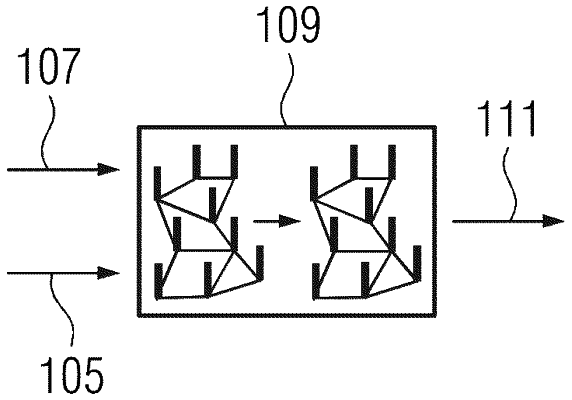| CPC G16H 50/20 (2018.01) [A61B 6/032 (2013.01); A61B 6/5217 (2013.01); G06T 7/0016 (2013.01); G16H 15/00 (2018.01); G16H 30/20 (2018.01); G16H 30/40 (2018.01); G16H 50/50 (2018.01); G16H 50/70 (2018.01); G16H 70/60 (2018.01); G06T 2200/24 (2013.01); G06T 2207/20081 (2013.01); G06T 2207/30096 (2013.01)] | 21 Claims |

|
1. A computer-implemented method for providing clinical information, the computer-implemented method comprising:
receiving input data, the input data including a graph representation of a plurality of disease lesions of a patient, the graph representation including a plurality of nodes and a plurality of edges connecting the plurality of nodes, the plurality of nodes encoding the plurality of disease lesions;
applying a trained function to the input data to generate the clinical information, the trained function being based on a graph machine learning model; and
providing the clinical information, the clinical information including information for prediction of at least one of disease progression, survival, or therapy response of the patient.
|